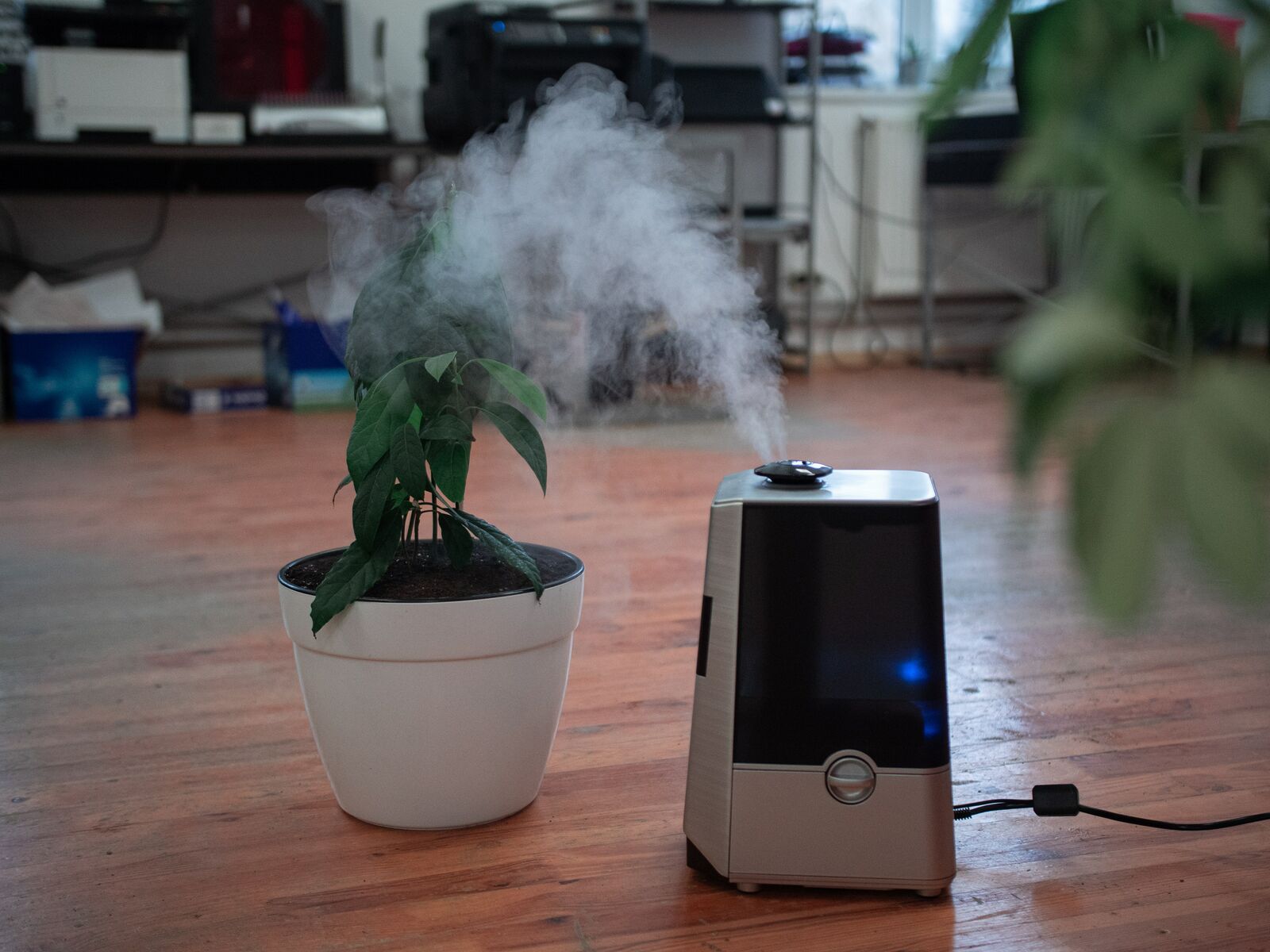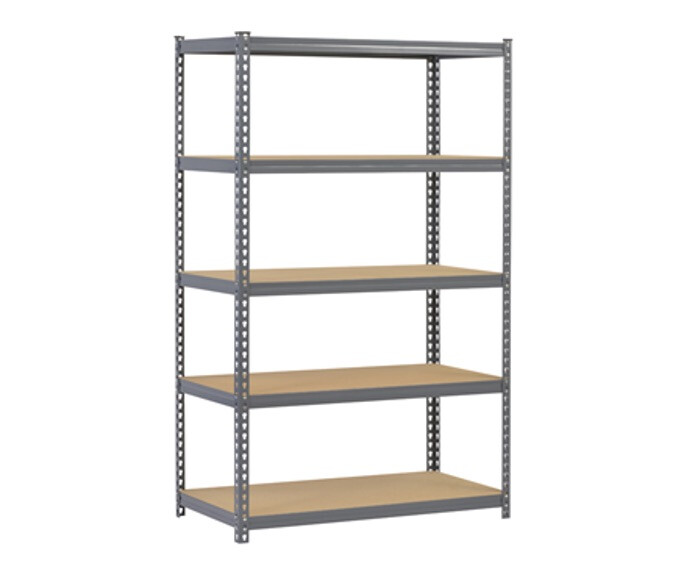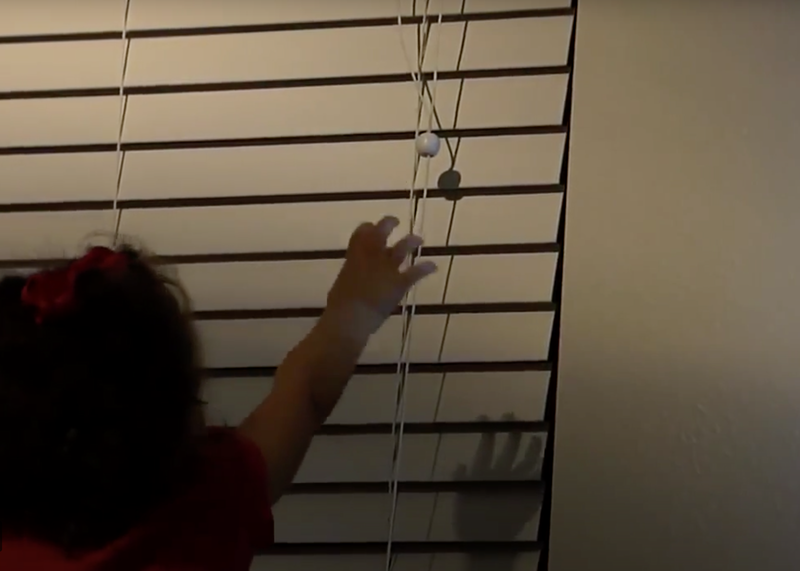A Mist Opportunity: 5 Ways a Humidifier Helps Your Home be Healthier

If you suffer from allergies, colds or congestion due to the change of seasons, you may be dreading the winter. No matter how much you refrain from going outside to avoid aggravating your allergies or persistent cough, you may still experience discomfort. One of the problems causing this may be a lack of moisture in the air — a problem that can be addressed with a humidifier.
This May Also Interest You: 5 Ways to Improve Indoor Air Quality
Keep reading to learn what a humidifier is, how it works and the benefits of having one in your home.
What Is a Humidifier?
A humidifier is a machine that boosts the moisture content in the air to prevent dryness, which can sometimes lead to eye and throat irritation. Humidifiers are particularly effective for treating a dry nose, throat, skin and lips. Humidified air from the humidifier eases the symptoms caused by flu or common cold.
What Does a Humidifier Do?
Humidity acts as a natural moisturizing agent to relieve dryness. Because of this, humidifiers are often used to relieve:
- Allergies
- Congestion and sinuses
- Dry throat
- Nose irritation
- Dry cough
- Bloody noses
- Cracked lips
However, bear in mind that overusing humidifiers can worsen your situation. It's essential to know how to use the devices properly.
5 Benefits of Humidifiers
1. They Mitigate Allergies
Having well-balanced humidity levels can keep your nasal passages clear of mucus and relieve the discomfort and symptoms of allergies. Clear nostrils help your body get rid of allergens that you're exposed to.
Determining a comfortable humidity level for you could be challenging because prevalent allergens, such as dust and mold, flourish in low humidity. Humidity that's slightly higher can be better because it's easier on throat tissues and nasal passages, allowing you to reap the full humidifier benefits. You can purchase an inexpensive hygrometer at a hardware store, which provides humidity readings to give you an idea of the moisture levels in a room. Aim for something not too dry and not too wet.
According to the BobVila.com home-improvement website, ideal indoor humidity levels are between 30% and 50%.
2. They Provide Warmth
Cold, dry air from winter weather is often the cause of respiratory ailments, but humidified air is warmer by comparison. When air-moisture levels are higher, sweat evaporates more slowly, which leaves people feeling warmer. Therefore, having an air humidifier during the cold season may help you feel slightly warmer.
3. They Ease Coughing
Breathing in dry air can worsen your cough and, in some cases, even cause a dry cough. By adding moisture to the air, a humidifier helps ease nighttime cough symptoms. Warm-mist or cool-mist humidifiers may be used, although cool-mist humidifiers are generally thought to be a better choice for children, since warm-mist humidifiers pose a burn risk.
4. They Relieve Congestion
If the air you're breathing is too dry, mucus won't flow properly, preventing your sinuses from draining themselves fully. Congestion may lead to pain and eventually sinusitis.
Heating systems may make nasal passages feel overly dry, provoking sinusitis and congestion. Having a humidifier can be very helpful in preventing congestion and sinusitis. Humidified air is generally good for sinus health and assists in alleviating nasal congestion because it provides additional moisture.
5. They Improve Air Quality
Most people don't know that there's an ideal indoor humidity level that you should strive to attain for maximum comfort. Humidifiers help you reach an ideal humidity level and, when used correctly, they may help improve indoor air quality. Ensure humidity levels are monitored closely, use distilled water, change the water in the tank often and clean it every three days or so.
How Do I Clean a Humidifier?
Cleaning your humidifier is essential in preventing bacteria and mold growth. If there's too much time between cleanings, your humidifier could end up pumping unhealthy mist or steam, which could cause illness.
Follow these simple steps to clean your humidifier:
- Unplug and empty the humidifier, and disassemble it completely.
- Pour 1 to 2 cups of undiluted white vinegar into the base and water tank, and thoroughly swish it to ensure the entire interior is wet.
- Empty all the vinegar.
- Scrub the inside of the tank using a small brush to remove any mineral deposits.
- For the smaller parts of the humidifier, use a sponge or clean cloth dipped in full-strength white vinegar to clean it.
- Finally, be sure to rinse all the parts with running water thoroughly, then reassemble the device.
Don't try to hand wash the wick filter, as that could lead to damage and removal of an antimicrobial coating. Instead, replace the filter with a new one.
Types of Humidifiers
1. Warm-Mist Humidifiers
Warm-mist humidifiers produce a soothing, warm mist that you're sure to feel. It's a strong consideration for someone battling a cold or the flu. Warm-mist humidifiers tend to make less noise compared with cool-mist humidifiers, and are usually good for a smaller room. They also tend to produce cleaner air — but, like all types of humidifiers, they require regular cleaning.
2. Cool-Mist Humidifiers
Cool-mist humidifiers use a filter to trap minerals and impurities, cooling them into an invisible mist that evaporates into the air. They're easy to clean and are more effective in larger areas compared with warm-mist humidifiers. Cool-mist humidifiers tend to work better in warmer climates. Also, the cooler mist is believed to be easier to breathe in.
On the other hand, cool-mist humidifiers tend to be noisier compared with warm-mist humidifiers. Also, the filters require frequent maintenance and often need changing to avoid algae and mold buildup.
3. Whole-House Humidifiers
Whole-house humidifiers cover a larger area compared with both cool-mist and warm-mist variants. Some things to consider: Whole-house humidifiers take up more space than cool- and warm-mist humidifiers, the humidifier tank needs cleaning at least once a week, and the filter and wicks need replacing every three months or so.
4. Ultrasonic Humidifiers
Ultrasonic humidifiers use … you guessed it: ultrasonic frequency via a vibrating diaphragm to emit tiny droplets of water into the air. They require less maintenance but are more limited as to what types of water can be used, so check manufacturer recommendations before purchasing.
Best Humidifiers
There are several good humidifiers on the market, but the question is whether they're the best choice for your household. Here's a list of high-quality models to consider:
Pure Enrichment MistAire Ultrasonic Humidifier
This unit is easy to clean and fill, and it comes with an optional nightlight.
Honeywell Germ-Free Humidifier
This humidifier uses a germ-killing process that might help improve your indoor air quality.
Vicks Cool Mist Humidifier
This model should work well for relieving congestion and sinus problems.
Aircare Whole-House Humidifier
If you're looking for a humidifier that will handle a large area, this is one to look into.
Pure Enrichment Hume XL Ultrasonic Humidifier
If you're interested in an ultrasonic model, find out how this one sounds to you.
A home repair plan from HomeServe can help you stay prepared for home maintenance and repairs. Once you have a plan in place and a covered issue arises, you can simply call the 24/7 repair hotline, and a local, licensed contractor is sent out to you to get the job done.


